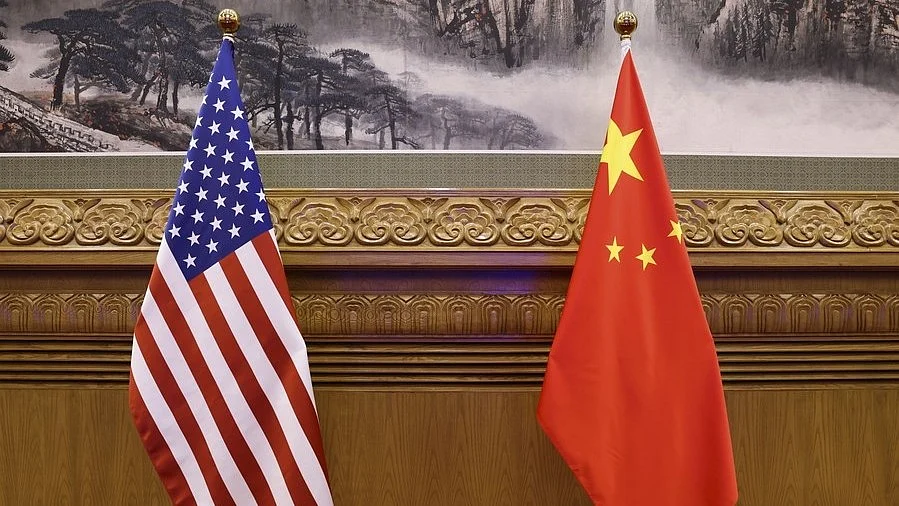The United States and China have reached a historic trade agreement to reduce reciprocal tariffs, marking a significant step toward ending the prolonged trade war. The deal, announced after high-level negotiations in Geneva, aims to stabilize global markets and ease economic tensions.
Tariff Reductions & Economic Impact
-
The agreement includes a 115% reduction in reciprocal tariffs, significantly easing trade restrictions.
-
The US had previously imposed 145% tariffs on Chinese goods, while China retaliated with 125% tariffs on US imports.
Negotiation Process & Diplomatic Breakthrough
-
Talks were led by US Treasury Secretary Scott Bessent and Chinese Vice Premier He Lifeng, with both sides describing discussions as constructive and productive.
-
The Swiss government hosted the negotiations, ensuring a neutral ground for diplomatic engagement.
Market Reaction & Investor Sentiment
-
Global markets responded positively, with US stock futures surging following the announcement.
-
Analysts predict a boost in trade volumes, benefiting key industries such as technology, manufacturing, and agriculture.
Future Outlook & Policy Adjustments
-
The agreement includes a 90-day pause on new trade measures, allowing both nations to finalize implementation strategies.
-
The World Trade Organization (WTO) welcomed the deal, calling it a crucial step toward global economic stability.
Statements from Officials & Next Steps
-
US Trade Representative Jamieson Greer emphasized that the deal reflects mutual commitment to resolving trade disputes.
-
China’s Vice Premier He Lifeng described the agreement as an important consensus, reinforcing China’s stance on fair trade practices.
This landmark trade deal signals a major shift in US-China relations, reinforcing global economic cooperation and stability.
Sources: Economic Times, Indian Express, Indian Express, Times of India, MSN
